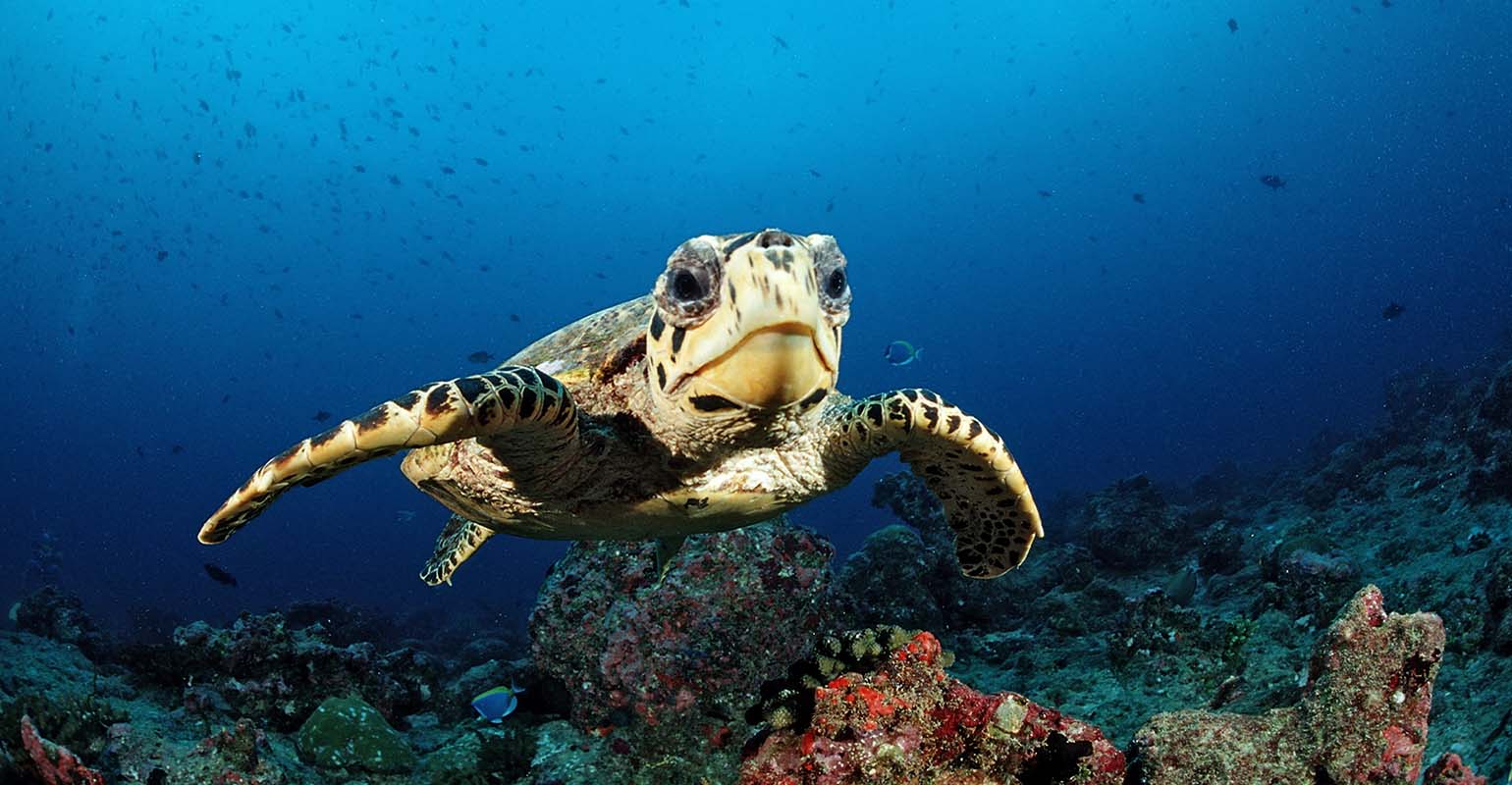
‘Plastic Has Changed Sea Turtles Forever,’ but Not in the Way You Think

The headline of this article is taken verbatim from a Nov. 15 online piece in The Atlantic. That article briefly discusses both plastic waste — nets, bags, fishing lines, and so forth — and microplastics in the ocean, and how they are affecting sea turtles. All the impacts discussed are negative: Plastics can cause death in many ways or serious injuries, and sea turtles (just like humans) are consuming microplastics daily with unknown outcomes.
None of what is reported is new, although that doesn’t diminish its sting. As I have stated many times before, plastic waste has no business being in the ocean. We should prevent its release and attempt to recover it when possible. But I am disappointed that the article is one sided. It never mentions the positive impacts that plastics have had on turtles, so I will do so now.
For the shell of it
Turtles were once hunted around the world on a large scale. While their meat can be eaten, in some cases other parts of the animals were highly desired. The best example of this is the hawksbill turtle. Their shells have the brown and yellow mottle pattern that we typically describe as “tortoiseshell.” Once the shells were removed from the animals (which meant their death), they could be heated and bent into new shapes.
The best-known examples of this are combs. Not the flat ones used for combing hair, but longer curved ones used to hold women’s hair in place one styled. Such combs were expensive and desired, so people would hunt for turtles just to get the shells. The shells were also used for decorations, boxes, and jewelry.
The hunting was extensive. It’s estimated that about nine million hawksbills have been killed since 1844. Their population has declined by 80% and only about 10,000 females are left. As you might expect, they are now listed as a critically endangered species.
Plastics eliminated need for turtle shells
Fortunately, plastics have (in principle) eliminated the need for turtle shells. The combs and all other products that required tortoiseshell can be made from plastics. Plastics mimicking the tortoiseshell pattern have been developed and are they are even used in countless ways that would not be possible with a shell. All of this is saving an unknown number of turtle lives. (Sadly, despite international laws against trade in tortoiseshell, a black market exists.)
Looking at the numbers above, it would not be an exaggeration to state that plastics may have prevented the extinction of hawksbill turtles.
Defining “forever”
The Atlantic article’s use of the word “forever” in the headline cannot be defended. One of the experts interviewed said that ocean plastics will be around for “at least a quarter of a millennium.” 250 years is not even close to forever. But it gets worse.
The article closes with another expert noting that turtles have been around for tens of millions of years despite all the changes on planet Earth. That’s far longer than humans have existed. The expert also believes that they will probably outlast us. This further removes justification for the word “forever” in The Atlantic’s headline.
For this article, however, I think “forever” is justified. Had hawksbills become extinct, that truly would have been forever.
About the author
John Spevacek earned a B.ChE. from the University of Minnesota (Twin Cities) and a PhD in chemical engineering from the University of Illinois (Urbana). He worked in the plastics industry for 25 years for several companies, large and small, in the Minneapolis-St. Paul area.

Leave a Reply